Breaking Language Barriers in Healthcare: Medical Translation and Interpretation

Discover how medical translation and interpretation improve patient care and safety. Learn about healthcare translation services, medical interpreters, hospital language services, and multilingual healthcare support to bridge communication gaps.

Summary
Could a lone mistranslation endanger a patient? Healthcare relies on clear talk, yet language gaps sometimes cause missed diagnoses or wrong meds.
Translators and interpreters seem to help, but they mightn’t always catch subtle cues.
Still, most doctors get better understanding when these services are used.
Thus, patient safety and satisfaction may improve, even saving lives for many families worldwide today indeed.

1. Why Medical Translation and Interpretation Matter
Medical translation and interpretation are more than swapping words; they may mean a safety net for patients. They help make sure that important health information gets across correctly. Things like patient histories, consent forms, or medication instructions must be clear, aware, and follow rules.
The main jobs in this field include:
- Turning patient records, prescriptions, and care plans into another language.
- Giving live interpretation when doctors talk patients.
- Keeping everything legal under rules.
- Helping staff who speak many languages work together.
In the United States, these services are getting bigger because the country is mixed. The Census says about 22 % of people at home speak a language that isn’t English. That numbers means clinics need trained interpreters so patients stay safe and get good care.
Interpreters are taught to handle tough moments where a bad translation could cause big problems. Hospital help, clinical translation, and patienttalk translation all make up a support system. By using USbased translators, hospitals can make sure patients understand diagnoses, treatment choices, and followup steps.
Good points of medical translation and interpretation:
- Boosts patient trust and satisfaction.
- Cuts down on mistakes in care.
- Keeps places in line with health laws.
- Raises overall care quality.
Connected Translations, a major US languageservice firm, offers certified translators in over 90 languages focused on work. They may mean a safety net for patients.

2. Challenges in Healthcare Communication
Healthcare providers meet many hurdles when they try to talk with patients who don’t share their language. One problem may be the use of complex medical words. Many people who are not fluent might miss the meaning. Cultural differences also appear. A patient’s belief about illness, or tradition, can change how they see a doctor’s advice. In an emergency the clock ticks fast, so any mistake in interpretation could be dangerous. Laws require hospitals to give language help, but meeting those rules is not always easy. A tiny typo in a prescription might lead to a serious error. That’s why multilingual support – like hospital language services and health interpreters – tries to give clear info in the patient’s own tongue.

3. Key Services in Medical Translation and Interpretation
Several services try to close the language gap in health care. First, medical document translation changes records, prescriptions, consent forms, and research papers into other languages. Second, medical interpreters work live during appointments, surgeries, or telehealth visits. Third, patient communication translation makes sure brochures, discharge papers, and treatment steps are understandable. Fourth, clinical translation handles trial protocols, study reports, and regulatory papers. Finally, languageaccess programs aim to give culturally proper help for many patient groups. Clinics can link up with USbased translators and American translation agencies. Picking certified staff likely improves accuracy, follows rules, and keeps patients safe.

4. Best Practices for Effective Medical Translation and Interpretation
To get the most out of translation and interpretation, health organizations might follow some tips. Use certified translators; they know terms. Bring in professional interpreters, whether on site or remote, especially in urgent cases. Set up multilingual support – signs, flyers, and digital screens in several languages. Keep cultural sensitivity in mind; speak in a way that respects beliefs and preferences.
By implementing these strategies, hospitals can improve patient outcomes, enhance communication, and ensure compliance with regulations. Connected Translations offers comprehensive healthcare translation services to help organizations meet these needs efficiently.

Conclusion
Language barriers in healthcare can have life-or-death consequences. Medical translation and interpretation services, including hospital language services, medical document translation, and patient communication translation, play a vital role in bridging these gaps. By working with US-based medical translators and adopting best practices, healthcare providers can ensure accurate communication, improve patient outcomes, and provide culturally sensitive care. Connected Translations stands ready to support healthcare organizations with expert language solutions across over 90 languages, safeguarding both patient safety and satisfaction.

Key Takeaways:
- Medical translation and interpretation ensure patient safety and understanding
- Certified US-based translators improve accuracy and compliance
- Multilingual healthcare support enhances patient satisfaction
- Cultural sensitivity is crucial in healthcare communication



